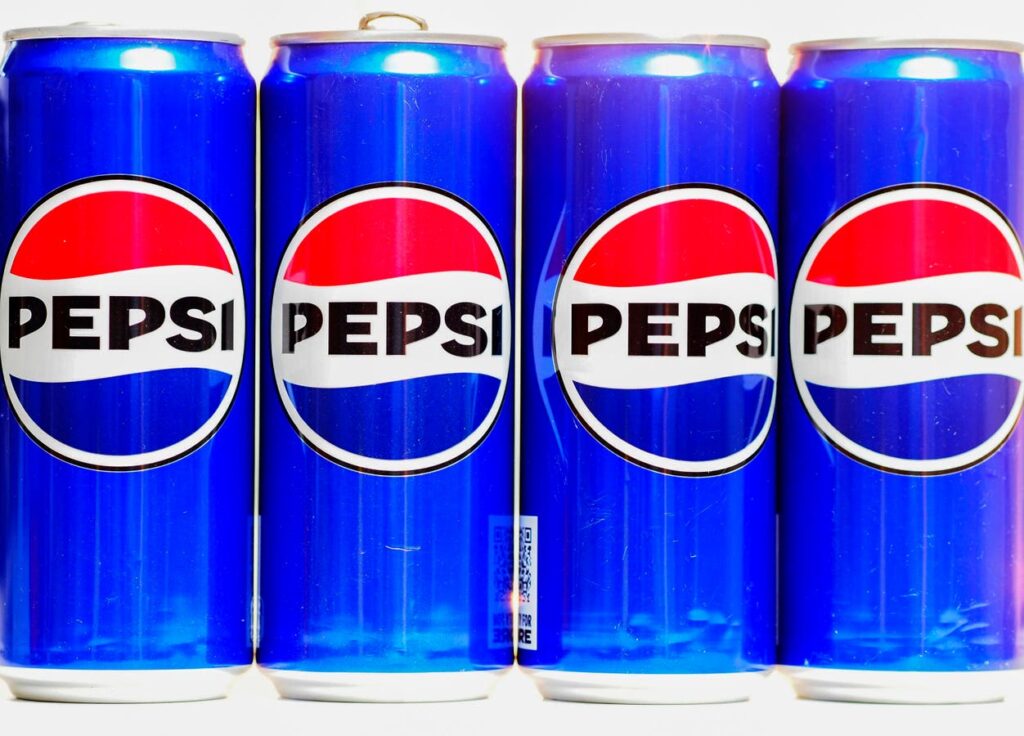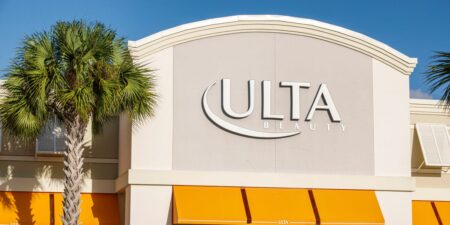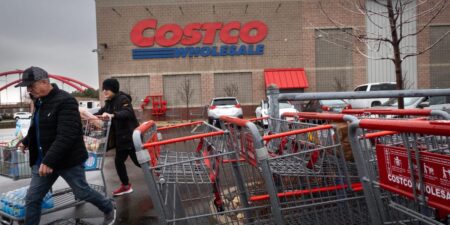PepsiCo (NASDAQ: PEP) stock has decreased by 12% this year, lagging behind the S&P 500 index, which has increased by 1%. This drop can be linked to poor consumer sentiment and spending, further affected by the company’s mixed Q1 results, where revenue slightly exceeded estimates, but earnings fell short.
In spite of these challenges, PEP stock, currently valued at around $130, seems appealing at its current valuation. Although we recognize some worries, we feel that the stock’s low valuation underlines its attractiveness. This assessment is based on a comparison of PepsiCo’s current valuation against its recent operational performance and its historical and present financial status.
Our evaluation of PepsiCo across essential metrics—Growth, Profitability, Financial Stability, and Downturn Resilience—suggests that the company presently exhibits weak operational performance and financial health. We will explore these points in detail below. Now, of course, individual stocks are typically more volatile than a portfolio – and in this market, if you’re looking for potential gains with less volatility than a single stock, consider the High Quality portfolio, which has surpassed the S&P 500 and generated returns exceeding 91% since its inception. Separately, se – GE Stock To $150?
How Does PepsiCo’s Valuation Look vs. The S&P 500?
When considering the amount you pay per dollar of sales or profit, PEP stock appears undervalued relative to the broader market.
- PepsiCo has a price-to-sales (P/S) ratio of 2.0 compared to a figure of 3.0 for the S&P 500
- Furthermore, the company’s price-to-free cash flow (P/FCF) ratio stands at 14.2 against 20.5 for the S&P 500
- Additionally, it has a price-to-earnings (P/E) ratio of 19.1, whereas the benchmark’s is 26.4
How Have PepsiCo’s Revenues Grown Over Recent Years?
PepsiCo’s Revenues have increased slightly in recent years.
- PepsiCo has experienced its top line grow at an average rate of 4.3% over the last 3 years (compared to an increase of 5.5% for the S&P 500)
- Its revenues have decreased by 0.4% from $92 billion to $92 billion over the last 12 months (compared to a growth of 5.5% for the S&P 500)
- Also, its quarterly revenues declined by 1.8% to $18 billion in the most recent quarter from $18 billion a year ago (compared to a 4.8% improvement for the S&P 500)
How Profitable Is PepsiCo?
PepsiCo’s profit margins are moderate and comparable to the benchmark index.
- PepsiCo’s Operating Income during the last four quarters was $13 billion, representing a moderate Operating Margin of 14.0% (compared to 13.2% for the S&P 500)
- PepsiCo’s Operating Cash Flow (OCF) for this period was $13 billion, indicating a moderate OCF Margin of 13.7% (compared to 14.9% for the S&P 500)
- Over the last four-quarter period, PepsiCo’s Net Income was $9.4 billion — showing a moderate Net Income Margin of 10.2% (compared to 11.6% for the S&P 500)
Does PepsiCo Look Financially Stable?
PepsiCo’s balance sheet appears healthy.
- PepsiCo’s Debt amount was $49 billion at the end of the most recent quarter, while its market capitalization stands at $180 billion (as of 5/27/2025). This results in a moderate Debt-to-Equity Ratio of 27.2% (compared to 19.9% for the S&P 500). [Note: A lower Debt-to-Equity Ratio is preferable]
- Cash (inclusive of cash equivalents) accounts for $8.6 billion of the $102 billion in Total Assets for PepsiCo. This results in a moderate Cash-to-Assets Ratio of 8.4% (compared to 13.8% for the S&P 500)
How Resilient Is PEP Stock During A Downturn?
PEP stock has experienced impacts that were less severe than those faced by the benchmark S&P 500 index during certain recent downturns. Concerned about the effects of a market crash on PEP stock? Our dashboard How Low Can PepsiCo Stock Go In A Market Crash? provides a thorough analysis of the stock’s performance during and after previous market crashes.
Inflation Shock (2022)
- PEP stock decreased 19.4% from a peak of $196.12 on 12 May 2023 to $158.08 on 12 October 2023, compared to a peak-to-trough decline of 25.4% for the S&P 500
- The stock has yet to recover to its pre-Crisis high
- The highest the stock has achieved since that time is $183.11 on 16 May 2024 and is currently trading at approximately $130
COVID-19 Pandemic (2020)
- PEP stock fell 29.3% from a high of $146.99 on 14 February 2020 to $103.93 on 20 March 2020, compared to a peak-to-trough decline of 33.9% for the S&P 500
- The stock fully recovered to its pre-Crisis peak by 29 December 2020
Global Financial Crisis (2008)
- PEP stock decreased 42.4% from a peak of $79.57 on 10 January 2008 to $45.81 on 9 March 2009, compared to a peak-to-trough decline of 56.8% for the S&P 500
- The stock fully recovered to its pre-Crisis peak by 2 April 2013
Putting All The Pieces Together: What It Means For PEP Stock
In conclusion, PepsiCo’s performance across the parameters discussed above is summarized as follows:
- Growth: Neutral
- Profitability: Neutral
- Financial Stability: Neutral
- Downturn Resilience: Very Strong
- Overall: Neutral
PepsiCo stock has exhibited moderate performance across the metrics mentioned, which is reflected in its current low valuation. It is important to note that PEP stock tends to perform well relative to the broader market during downturns, which constitutes a significant advantage for the stock. Overall, we believe PepsiCo’s current low valuation makes it a worthy investment. Indeed, we estimate PepsiCo’s valuation to be $161, signifying over 20% potential upside from its current price levels.
Although it seems there is some upside for PEP stock, the Trefis Reinforced Value (RV) Portfolio has outperformed its all-cap stocks benchmark (a combination of the S&P 500, S&P mid-cap, and Russell 2000 benchmark indices) and has generated strong returns for investors. What accounts for this? The quarterly rebalanced mix of large-, mid-, and small-cap RV Portfolio stocks offered a timely method to capitalize on favorable market conditions while minimizing losses when market conditions deteriorate, as detailed in RV Portfolio performance metrics.
Read the full article here















